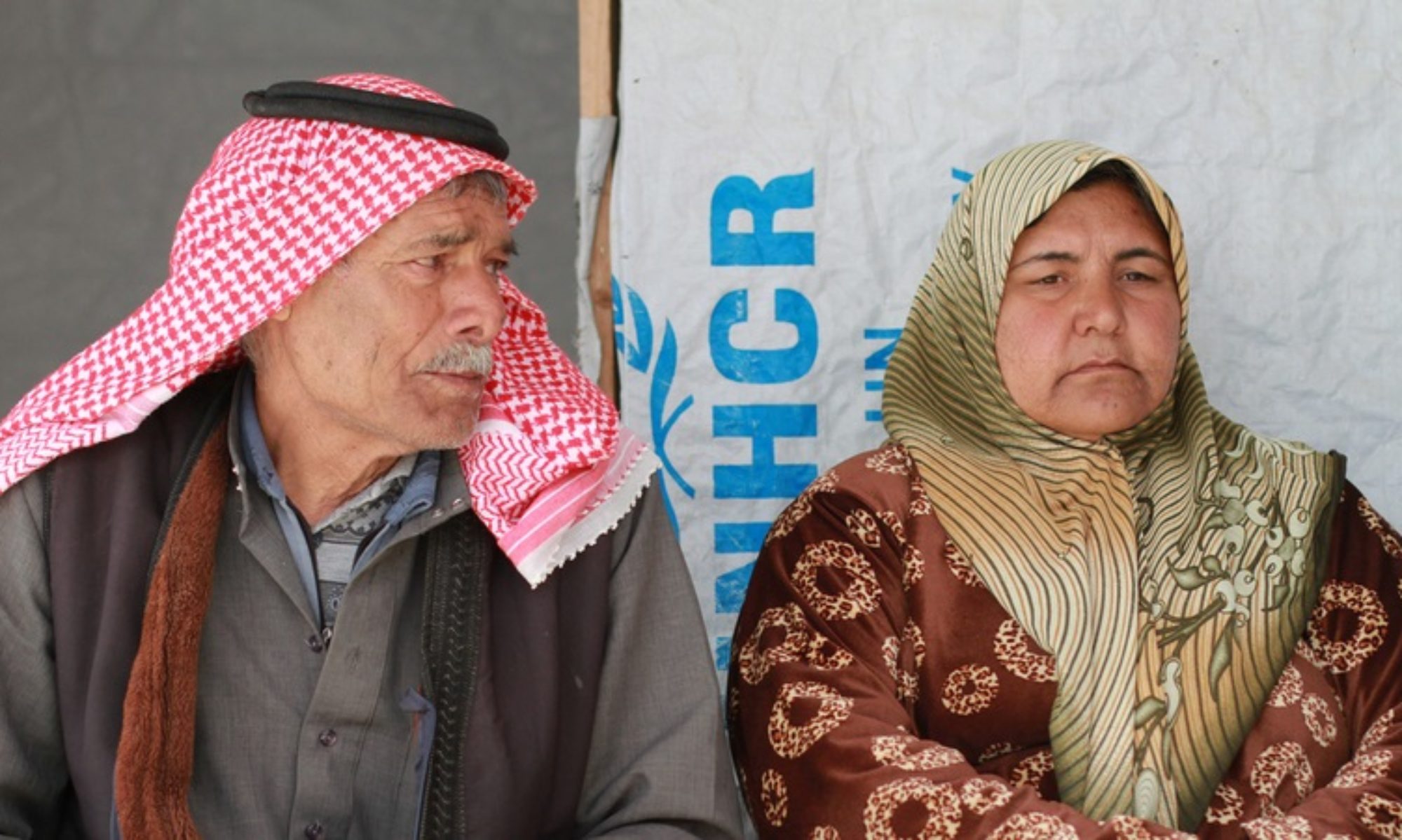Introduction
The 2016 Grand Bargain for humanitarian work included a commitment to increase support and inclusion of national and local partners in humanitarian response. How has this worked out for UNHCR in the Bekaa valley in Lebanon, where we work with some 350,000 Syrian refugees? We have taken a number of measures to increase support and inclusion, including holding as much meetings as possible in Arabic, and establishing separate, dedicated mechanisms to reach out to local NGOs, also in Arabic. I want, however, to concentrate here in our partnerships with national NGOs for the delivery of protection and assistance.
Reducing risks through creating trust
Often, we as UN agencies establish mechanisms to identify the risks involved in partnering with national and local NGOs – only to forget that they are also undertaking risks themselves when they partner with us. Among these risks are financial exposure and loss of independence and sustainability of their own strategies for the future. For around one year now, donors have been losing interest in humanitarian funding in Lebanon, shifting to development funding and activities seen as more sustainable. When one big UN agency suddenly reduced humanitarian funding this year, one important local NGO lost a substantial amount of finance, leading to uncertainty about their future and even tensions with municipalities, due to loss of local jobs.
Creating trust is, therefore, one key prerequisite when we invite local and national NGOs to take more responsibility in our programmes. Even more when we take into account that UNHCR has a one year planning cycle and cannot commit longer. To increase trust, we invested in dialogue about our intentions in the years to come. We also shared information about how UNHCR is funded. This includes the relative level of decentralization to field offices, enabling a level of decision making on partnerships. We also explained the amount of unearmarked funding we receive at central level, which contrinutes to protect operations from sharp budget reductions.
Some sector analysis: knowing what you want
At the same time, we engaged with our team in an analysis of the advantages and disadvantages of localizing different sectors of aid. We came to interesting conclusions. Some of our services are very refugee-specific, such as legal aid and assistance in obtaining documentation. However, much of what we do addresses social problems that also affect Lebanese, such as sexual and gender based violence and child abuse. We realized that for these sectors in particular, local NGOs offer the right expertise and knowledge of local context.
Moreover, working in these sectors provides them more sustainability, since the problems will continue to exist once refugees return. We also reckoned that this may open the door to the engagement of Lebanese NGOs in Syria to support reintegration, if and when obstacles to refugee return are lifted.
Of course, nuances are needed in that analysis. By engaging in more discussion with local colleagues and NGOs, trying to recover institutional memory, we realized that local and national NGOs had actually been very engaged at the beginning of the Syrian emergency, before being pushed aside by the arrival of big UN agencies and international NGOs. Thus, some had developed an expertise even on some very refugee-specific sectors, such as shelter assistance in informal refugee settlements. This enabled us to engage with local and national NGOs even in these sectors.
What lies ahead?
Currently, 18% of the funding of the UNHCR Suboffice in the Bekaa goes to local and national NGOs. We expect to reach 22% next year and hopefully, to hit the Grand Bargain target of 25% by the 2020 deadline.

